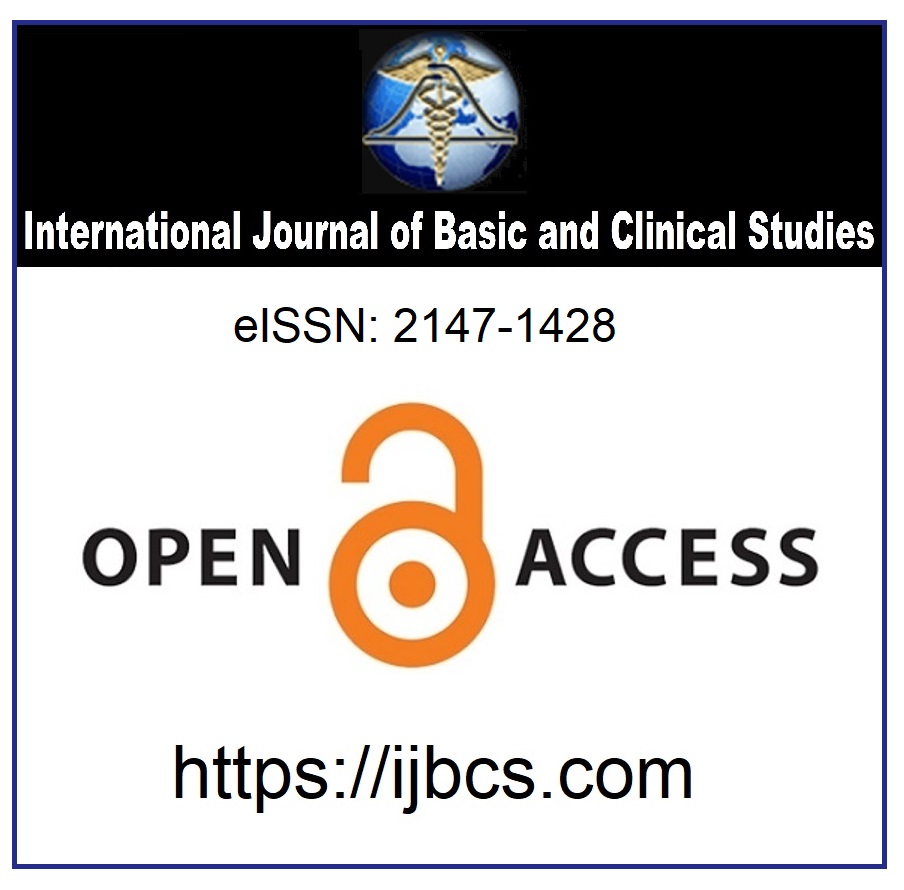Why the Left Ear Must Be Chosen for Implant in Children to Learn the Mother Language
Keywords:
Cochlear implantation, Right ear, Left ear, Right-hemispheres, Left-hemispheres, LanguageAbstract
Implant in one ear, if there is hearing loss in the other ear, signal transmission between hemispheres is not possible. Because, fibers of the corpus callosum is not connected between the left and right sides of the brain (uncrossed). In that case, if the right ear is implanted the right hemisphere; and if the left ear is implanted, the left hemisphere have function. In children, if both ears are available for implant, generally the right ear is implanted. In this case, the stimulus heard by the implanted right ear are transmitted to right hemisphere (the left hemisphere is non-functional). Children whose right ears are implanted and observed for a long time show great success in speech perception and simple language tests. However, they are seen to be late in advanced reading and writing skills. As a result, it is seen that in cases where right ear was chosen for implant, the right hemisphere becomes efficient for several years, but in following years it loses its effect; because the right hemisphere cannot undertake the liabilities of the left hemisphere. The effect of the right ear selection is that long-term cortical auditory development is delayed in children using cochlear implants relative to their normal hearing peers. According to my hypothesis, in children learning the mother tongue (not in grown-ups), left ear must be chosen for implant in order to activate the functions of left hemisphere, since the left hemisphere can undertake the liabilities of the right hemisphere. In this way, active processing may be possible in advanced language use, pragmatic language, and reading and writing functions. Hearing of left ear (effects of side of stimulation) possibly causes permanent reorganization.
Downloads
Published
How to Cite
Issue
Section
License
Copyright (c) 2015 By the Authors.

This work is licensed under a Creative Commons Attribution 4.0 International License.



